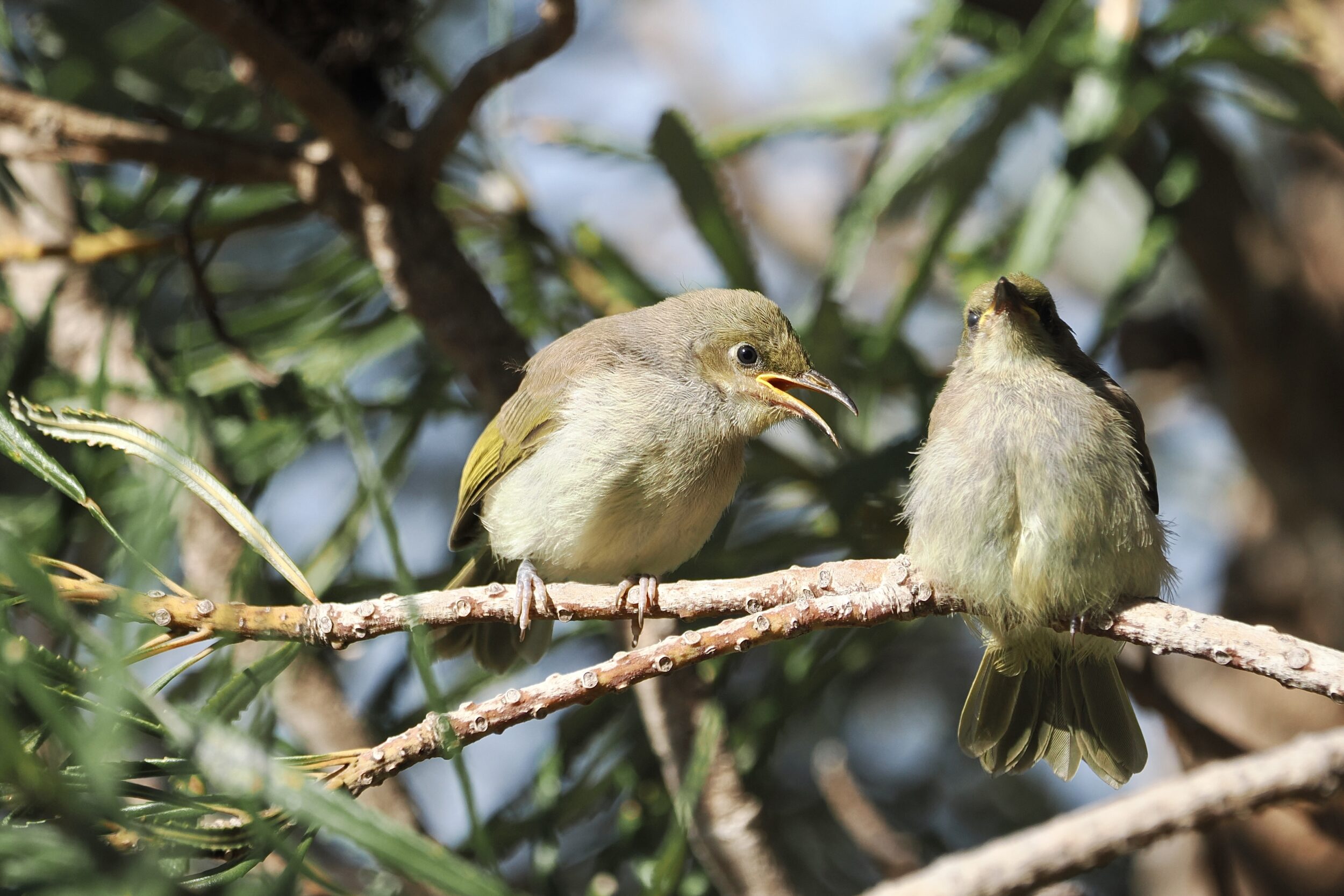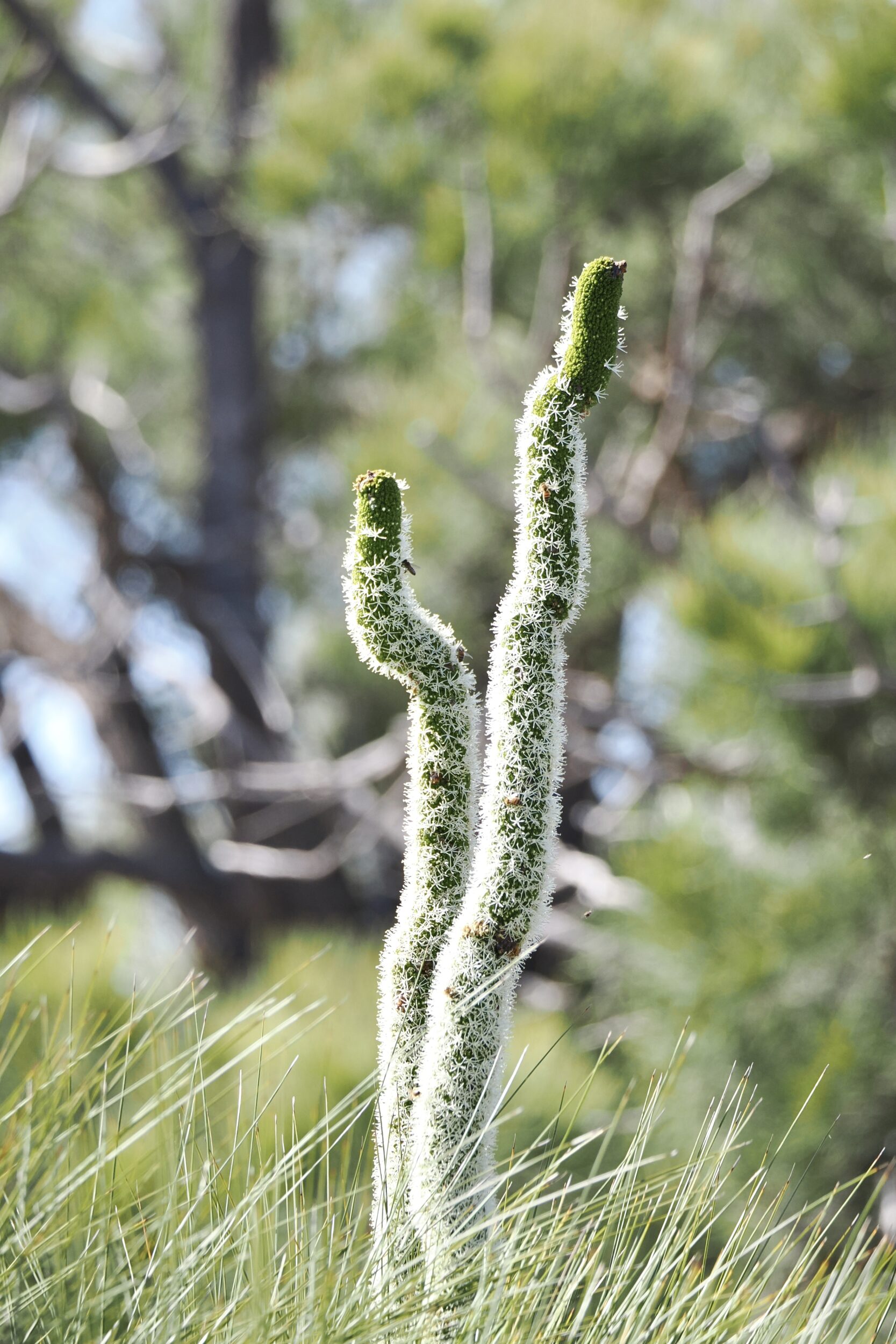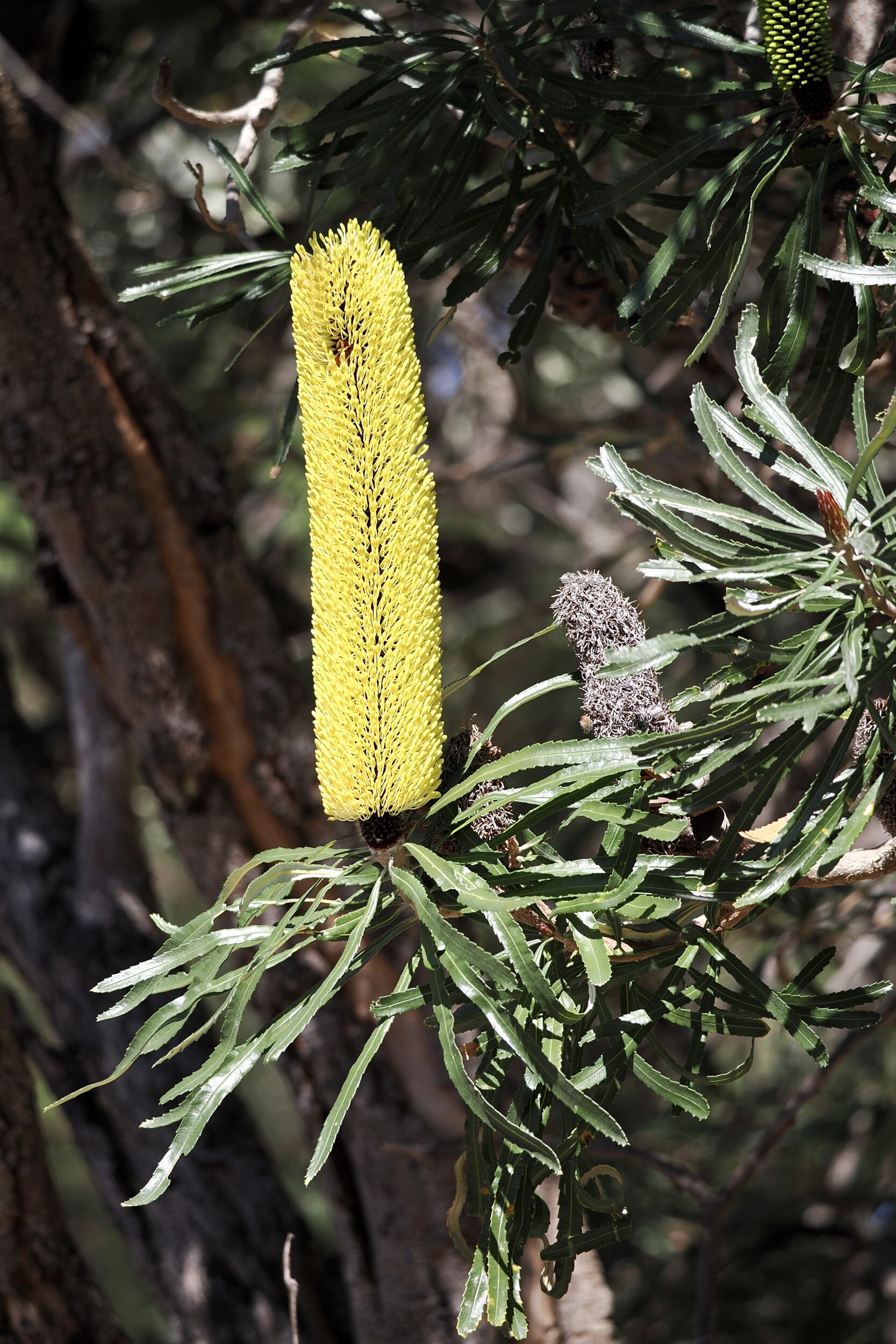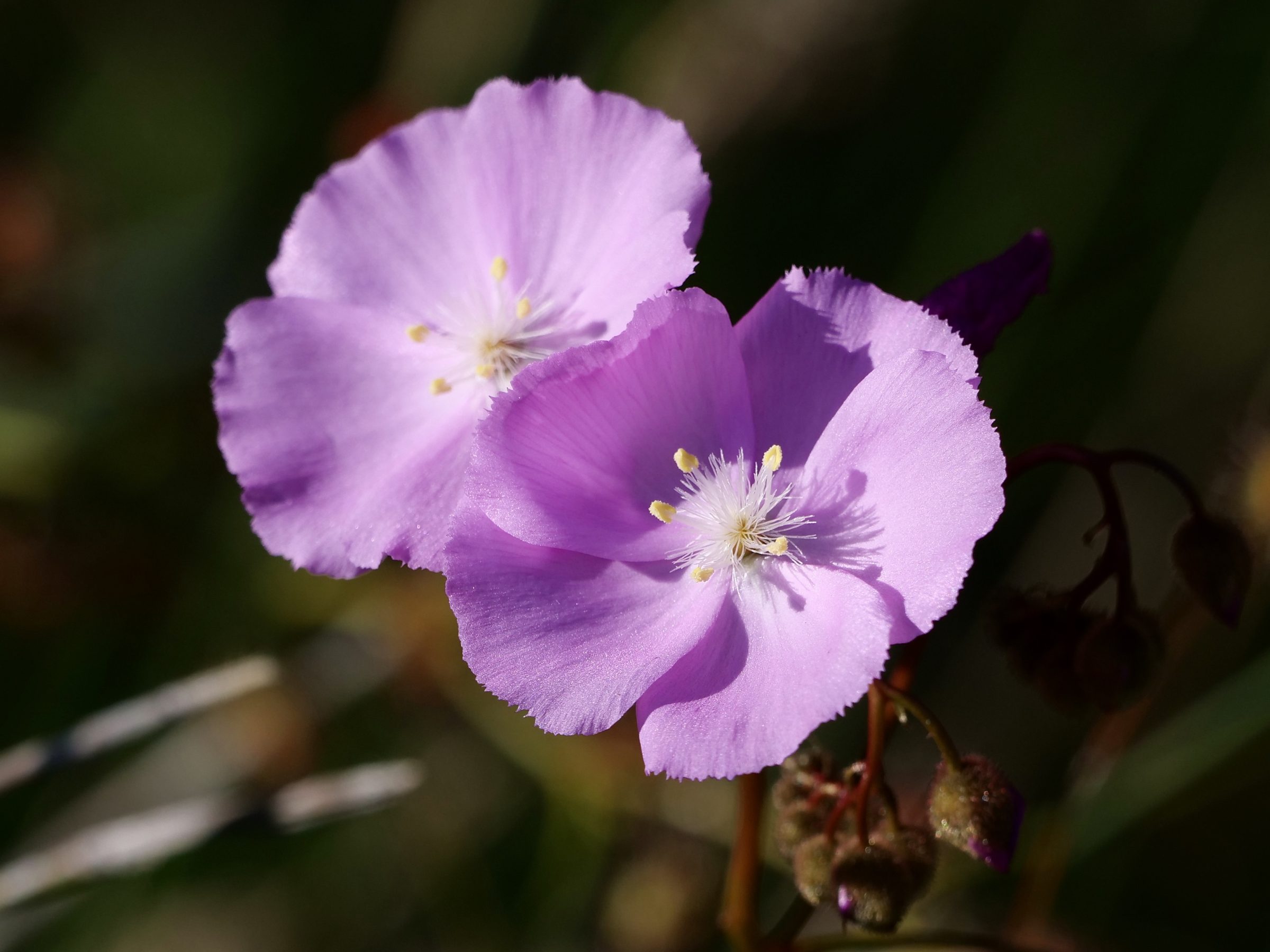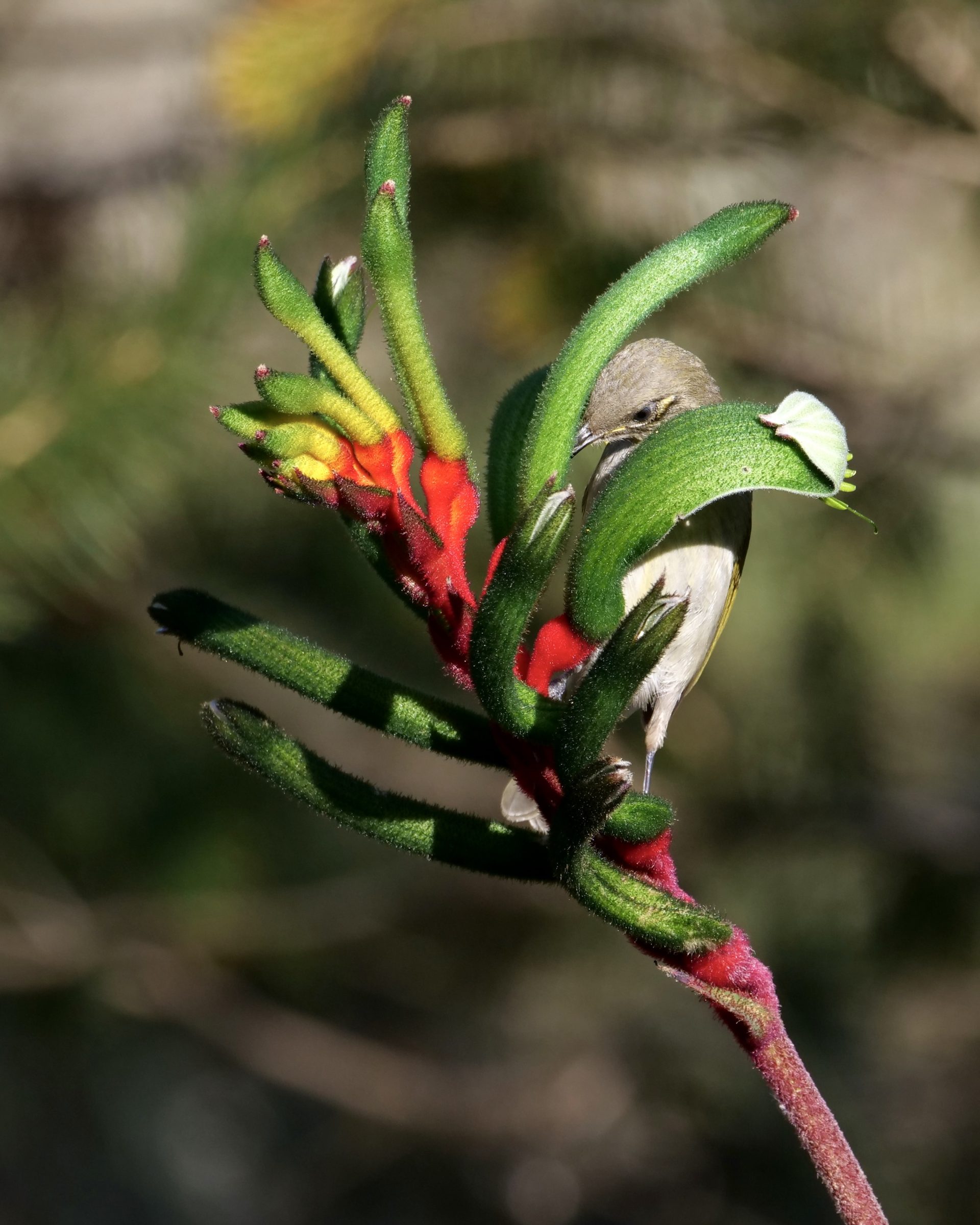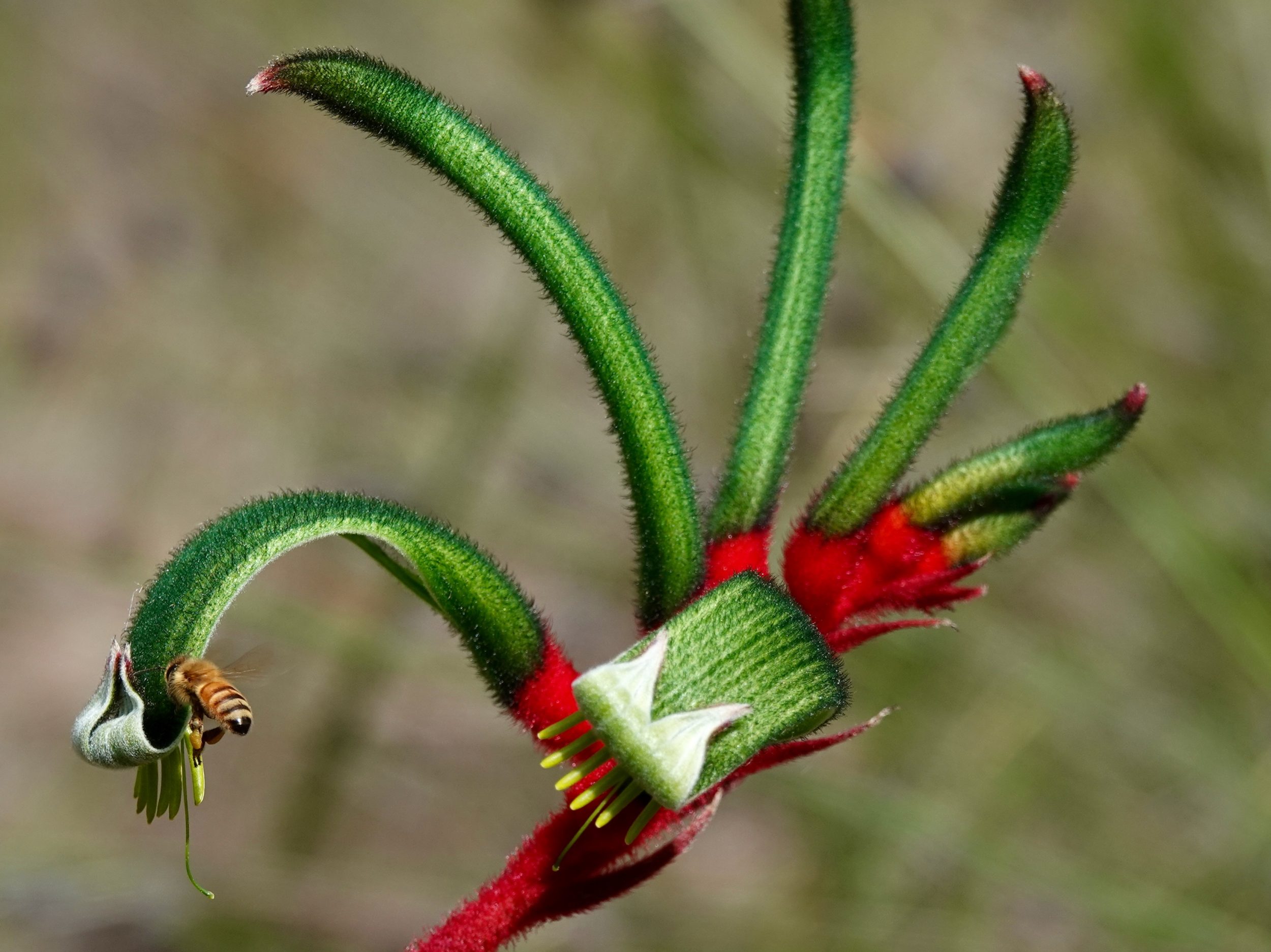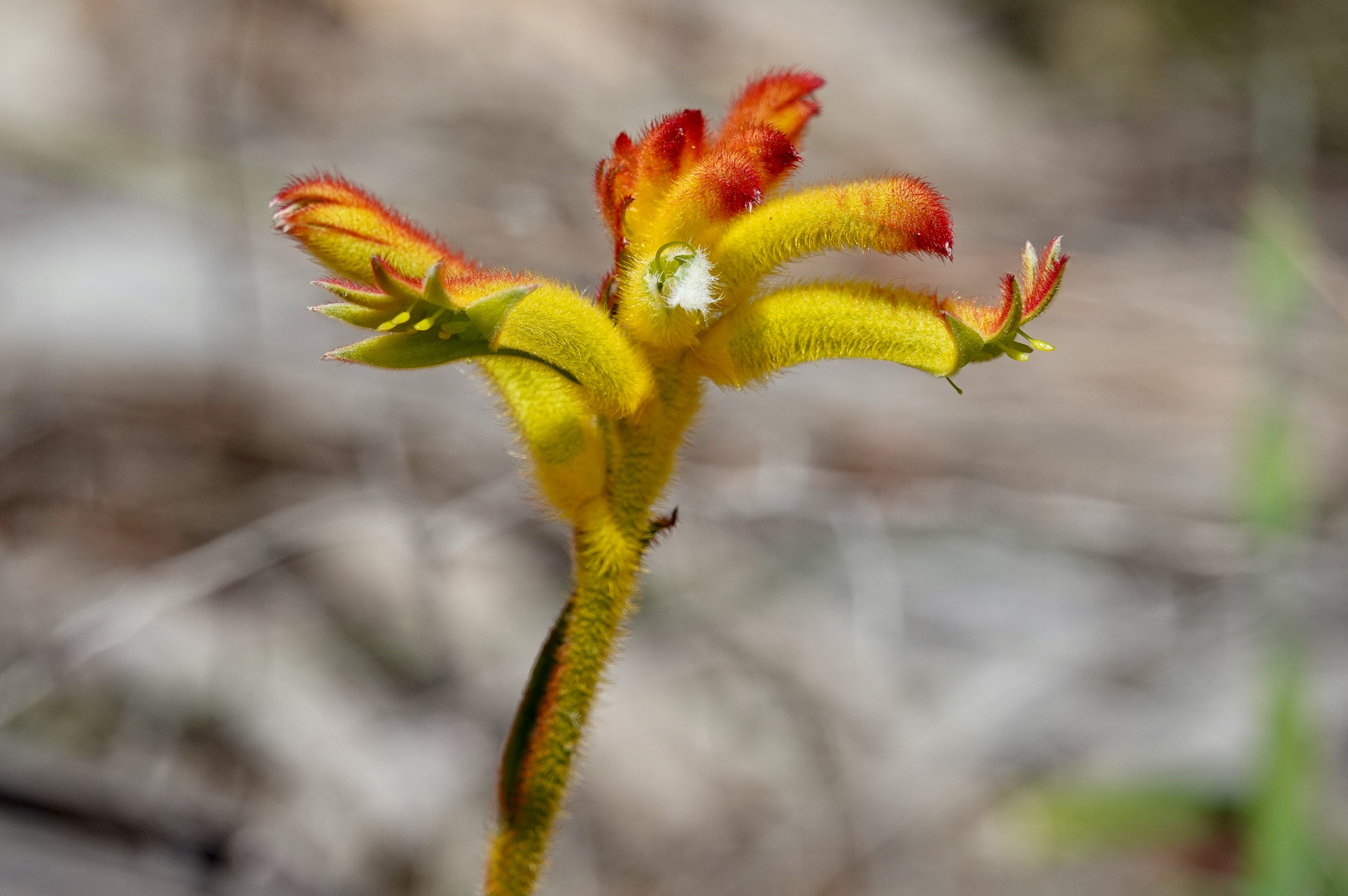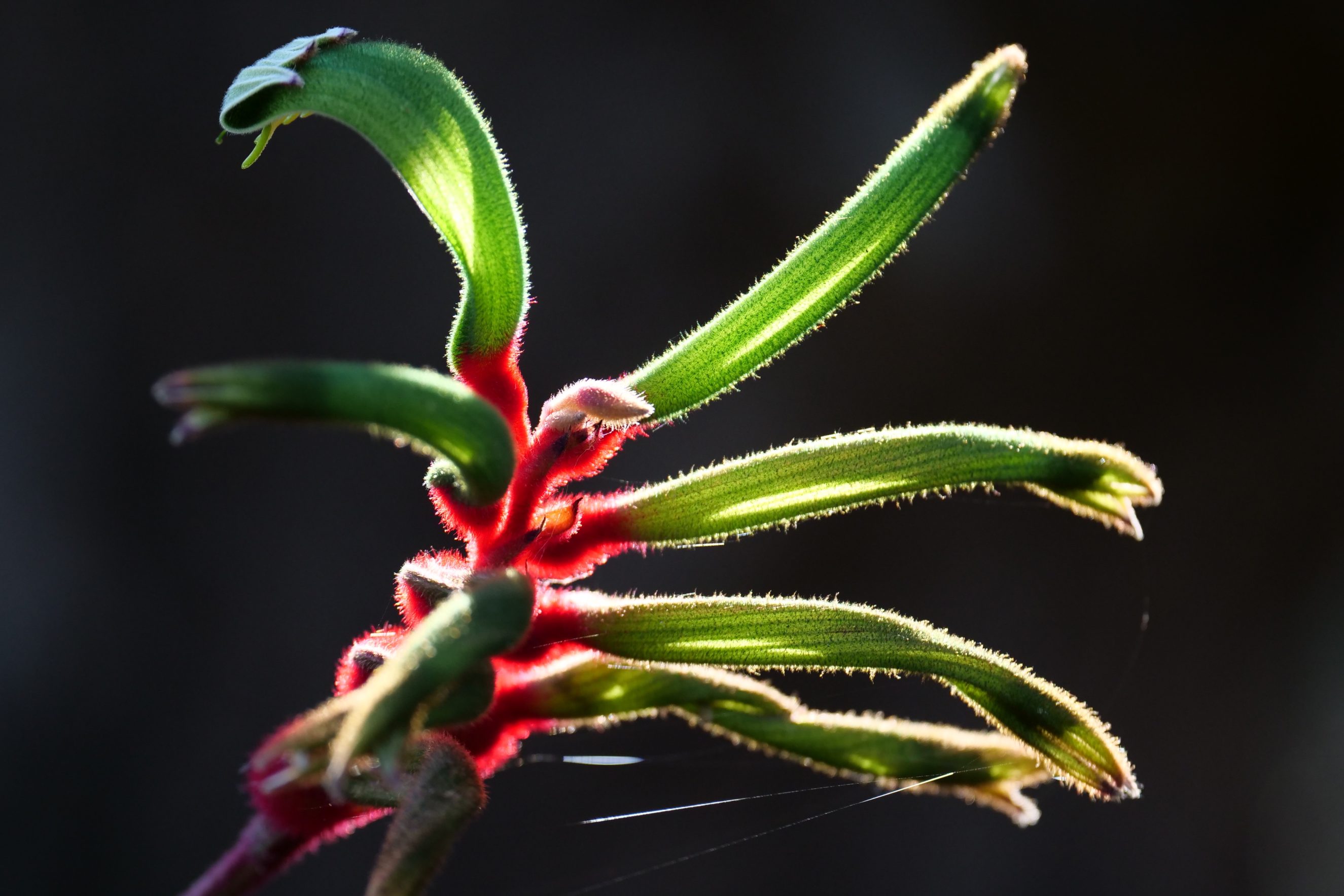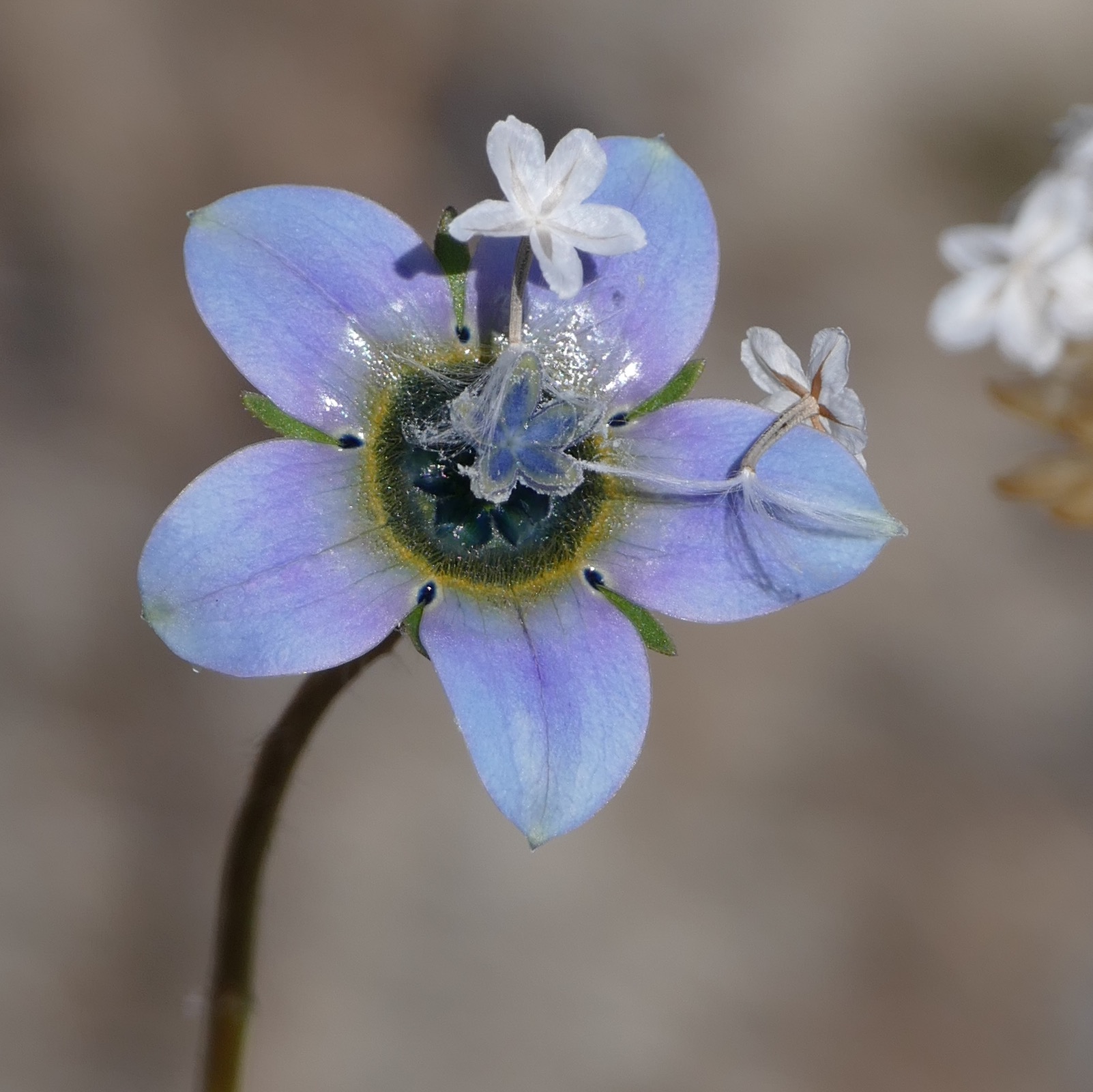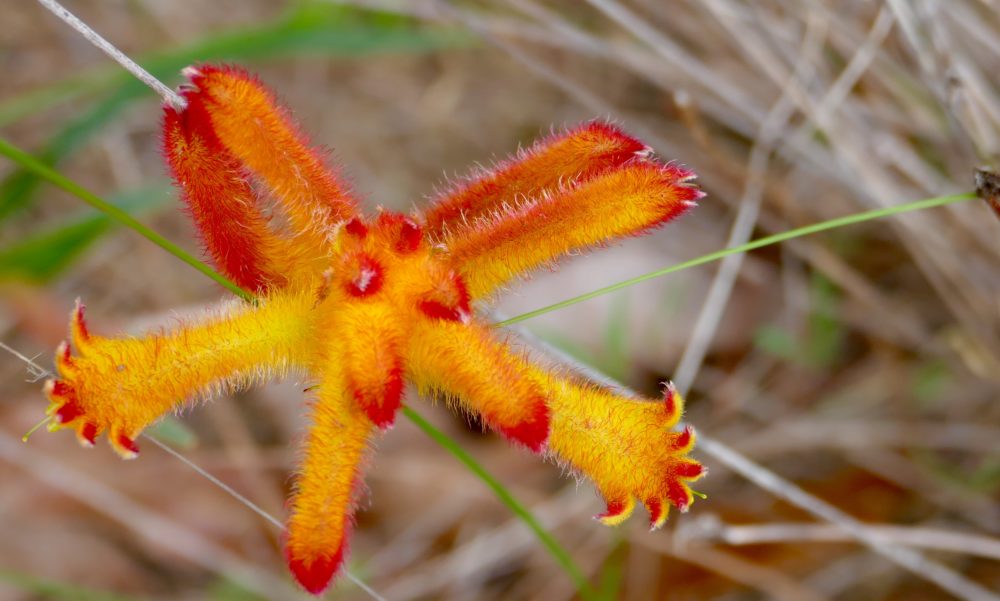In appearance, Lichmera indistincta – the brown honeyeater – is a strong contender for an “undesirable” title: Australia’s most plain/drab/nondescript honeyeater.
This species’ song, however, is widely considered the finest of any Australian honeyeater’s; clear recordings of it are here. (the second grab is the better one)
The pictured brown honeyeaters are young individuals who dine on pollen & nectar from plants that naturally occur only in southwest Western Australia.
However, brown honeyeaters are highly adaptable; they live across parts of all mainland Australian states and territories, except Victoria;
Comments closed